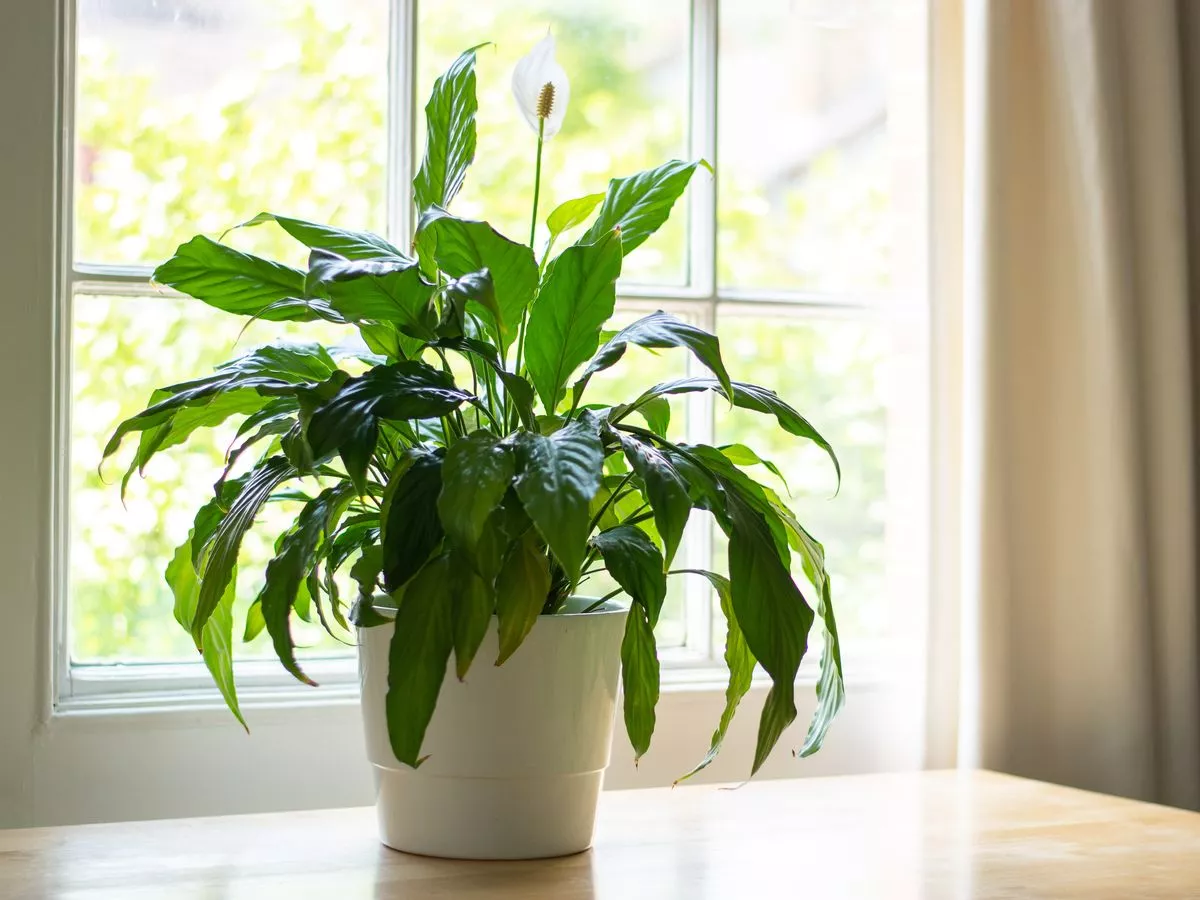Copyright glasgowlive

The UK Health Security Agency (UKHSA) has issued an urgent warning about a potentially lethal hazard lurking in countless British homes - with young children facing the greatest danger. The public health organisation - which oversees environmental threats amongst other responsibilities - has raised the alarm on social media. It revealed that the risks of lead poisoning from paint continue to pose a substantial threat, with a 'single flake' being 'potentially harmful to a small child'. Lead-based paint was widespread before the 1970s, and whilst its use ceased after 1992, British paint manufactured before this date could have contained as much as 50 per cent lead by weight, reports the Mirror. "Leaded paint at these concentrations may still be found in non-remediated Victorian properties, often below newer non-leaded paint," the UKHSA cautions. This quantity is sufficient to trigger lead poisoning in a young child should they swallow it. The alert stated: "Eating even a single flake of old lead paint is potentially harmful to a small child. Lead poses a serious threat to children's development." The warning forms part of international lead poisoning prevention week, with additional household sources including pipework, earth, imported foodstuffs and traditional medicines. The UKHSA has issued a warning that notes: "Many babies and infants put non-food items in their mouths; this oral sensory seeking behaviour, or mouthing items, is a normal behaviour in babies and infants. They use sucking to help to calm themselves and self soothe. However, older children may develop an eating disorder known as pica where they eat items that are not typically thought of as food such as hair, dirt, and paint chips. "If your child has pica and picks at loose paint flakes or chews wooden painted items then your child may need a blood test. Vitamin and mineral supplements may decrease pica behaviour. Taking your child's mind away from it can also work. Paediatric occupational therapists can provide advice." Alongside paint, water pipework - including lead-based solder or non-compliant fittings - represents the other significant source of lead exposure. After being absorbed, lead travels through the bloodstream to bones, teeth and soft tissues such as the liver, regardless of how it entered the body. Approximately 90% of lead in adults and 70% in children is stored within bone tissue. After prolonged exposure, lead accumulates as insoluble lead phosphate in rapidly developing parts of the skeleton, including the radius, tibia and femur. Characteristic 'lead lines' may be visible on X-ray, with their width correlating to the duration of exposure. The long lifespan of bone cells and lead's affinity for bone result in a lengthy half-life, roughly between 10 to 30 years, in the bone. The half-life of lead in blood and soft tissues is significantly shorter, around 20 to 40 days respectively. Regardless of how it enters the body, lead is expelled through urine and faeces. If a child has been exposed to high levels of lead, they'll likely need another blood test after about four weeks to see if measures to reduce exposure are working. If you have any health concerns related to lead exposure, it's recommended to consult your GP or ring NHS 111.



